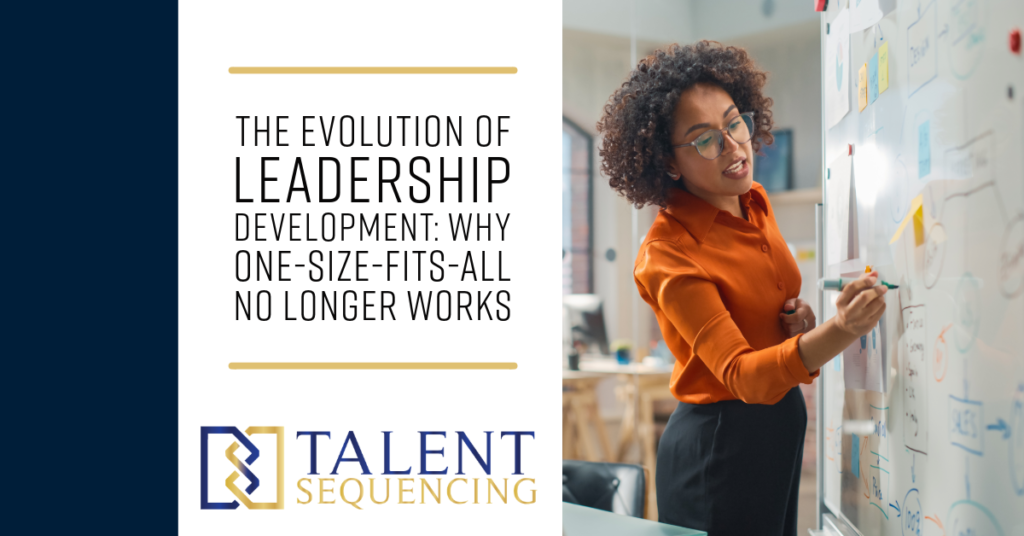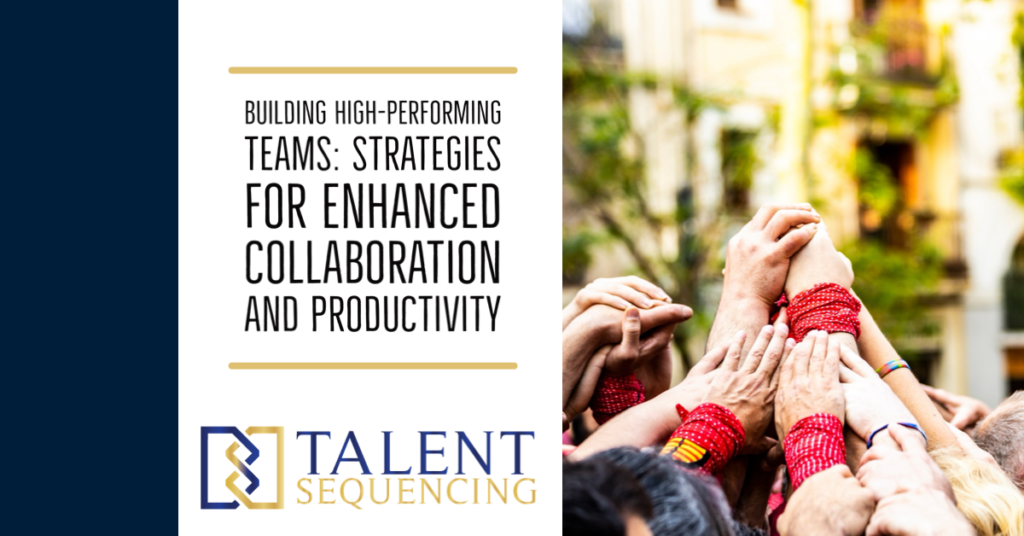As new frameworks like total quality management, lean, & Six Sigma revolutionized manufacturing, and the Agile framework took technology development to the next level, so too has evolved “company operating systems” to now help manage a company’s performance, not just manufacturing or software development.
Evolution of Company Performance Management: From MBO to OKRs and EOS
Once upon a time, back in the last century, a business problem began to spur solutions. The problem? It was devilishly difficult to push out across an organization’s business goals and make them “actionable.” There were precious few techniques to measure and manage waypoints across the year other than via financial results, which were almost always “forensic” or backward-looking. Once a company’s annual budgets were established for the coming year, and quarterly forecasts created by the leadership team to estimate revenue targets and associated spending to support those revenue targets, it was left to lower-level managers to figure out the action plans, strategies, and tactics to deliver on “the budget.” Two of the earliest solutions to the operating and management problem? Creation of the MBO framework and later in the century a second often referred to with another 3-letter acronym, the BSC. Both promised to offer a bridle to help manage and steer the company’s horsepower toward financial budgets and goals using a more real-time methodology, an operating framework that promised a higher probability of actually meeting or (gulp) exceeding company targets on a more frequent and reliable basis. A bit more on each of these:
Management by Objectives (MBO): Developed by Peter Drucker in the 1950s, MBO is one of the earliest goal-setting frameworks designed to improve organizational performance through clear and agreed-upon objectives between management and employees. The focus is on setting measurable goals that are achievable, realistic, and time-bound, with regular reviews and appraisals to assess progress.
Balanced Scorecard (BSC): Developed by Robert S. Kaplan and David P. Norton in the early 1990s, the Balanced Scorecard is a strategic planning and management system that organizations use to communicate what they are trying to accomplish, align day-to-day work with strategy, prioritize projects, products, and services, and measure and monitor progress towards strategic targets. BSC focuses on balancing financial and non-financial objectives to achieve long-term goals.
But then, as the 20th century faded into the rearview, almost as if born of a fever dream spurred by the relentless human need for progress, innovation once again triumphed in an effort to create a “2.0” solution for company performance management. The result? Two new frameworks were born, paying homage to their framework ancestors if only by the use of yet another set of 3-letter acronyms—OKRs and EOS.
Company goal-setting frameworks like OKRs (Objectives and Key Results) and EOS (Entrepreneurial Operating System) are designed to help organizations set clear objectives and systematically achieve them, thereby improving performance and alignment. These frameworks have evolved over time, influenced by changing business environments and the need for more dynamic and inclusive approaches to management. History Behind OKRs and EOS
OKRs: The OKR framework was initially developed by Andy Grove at Intel during the 1970s and later popularized by John Doerr, who introduced it to Google. OKRs aim to help organizations set ambitious goals with measurable results, encouraging teams and individuals to stretch beyond their comfort zones. The framework emphasizes alignment and transparency, allowing everyone in the organization to see what others are working on and how it contributes to the company’s overarching objectives.
EOS: The Entrepreneurial Operating System (EOS) was created by Gino Wickman and outlined in his book “Traction.” EOS is designed to help small to medium-sized businesses achieve greater operational efficiency and business success. The system focuses on six key components: Vision, People, Data, Issues, Process, and Traction, aiming to align all aspects of the business to work cohesively towards common goals. So, what of these new company operating systems and their promise, effectiveness, and impact? Well, thanks to software, these COS frameworks (company operating systems) can be deployed across all employees, not just leadership or management ranks. The individual employee often has agency (and responsibility) for their own mini set of COS deliverables. And now they can be tracked not just monthly or quarterly, but weekly, daily, or via real-time COS dashboards run by software sitting in the cloud with pleasing user interfaces that are much easier to use, interpret, and harness for course-correction. No longer was it necessary to perpetuate the past tradition of having the finance department and senior leadership as the only ones with knowledge of the performance of the business, historically measured by periodic reports called “budgets” that reported on actual versus forecast. Now sales, marketing, and more could see what is moving the needle (and what wasn’t), report out on how they’re doing against their big quarterly deliverables and goals (called “rocks” in the EOS framework), and pivot with greater and speedier agility when needed to course-correct their way to the larger corporate bogey. One last frontier remained to be crossed however in bringing these COS to life. In the vocabulary of the management consulting industry, there is more than just “process” or technology involved in hitting goals. There’s a third word in the well-worn phrase that ends with “[___ ], process & technology.” This third pillar of business success? “People” of course. Ah yes, not only is this the third pillar, but note that it’s listed first in the 3-pillar management adage. And it’s the longest pole required to hold the company’s tent up. It’s also one of the most difficult to get right. So, what does support does this third “people” pillar require? Master facilitators of course. Just like in Six Sigma where you have different “belts” akin to those awarded in the martial arts, often beginning with white and ending with black, to run a COS successfully there needs to be a black-belt equivalent with a phalanx of lower belts strategically distributed and made accountable across the organization—functionally, geographically, layer- and level-distributed from individual contributor through supervisory, managerial, and beyond.
Reach out to [email protected] if you’d like to learn more about how we can help match you with the right COS framework as well as master facilitators to help make the dream of consistent and repeatable company high performance a reality.




